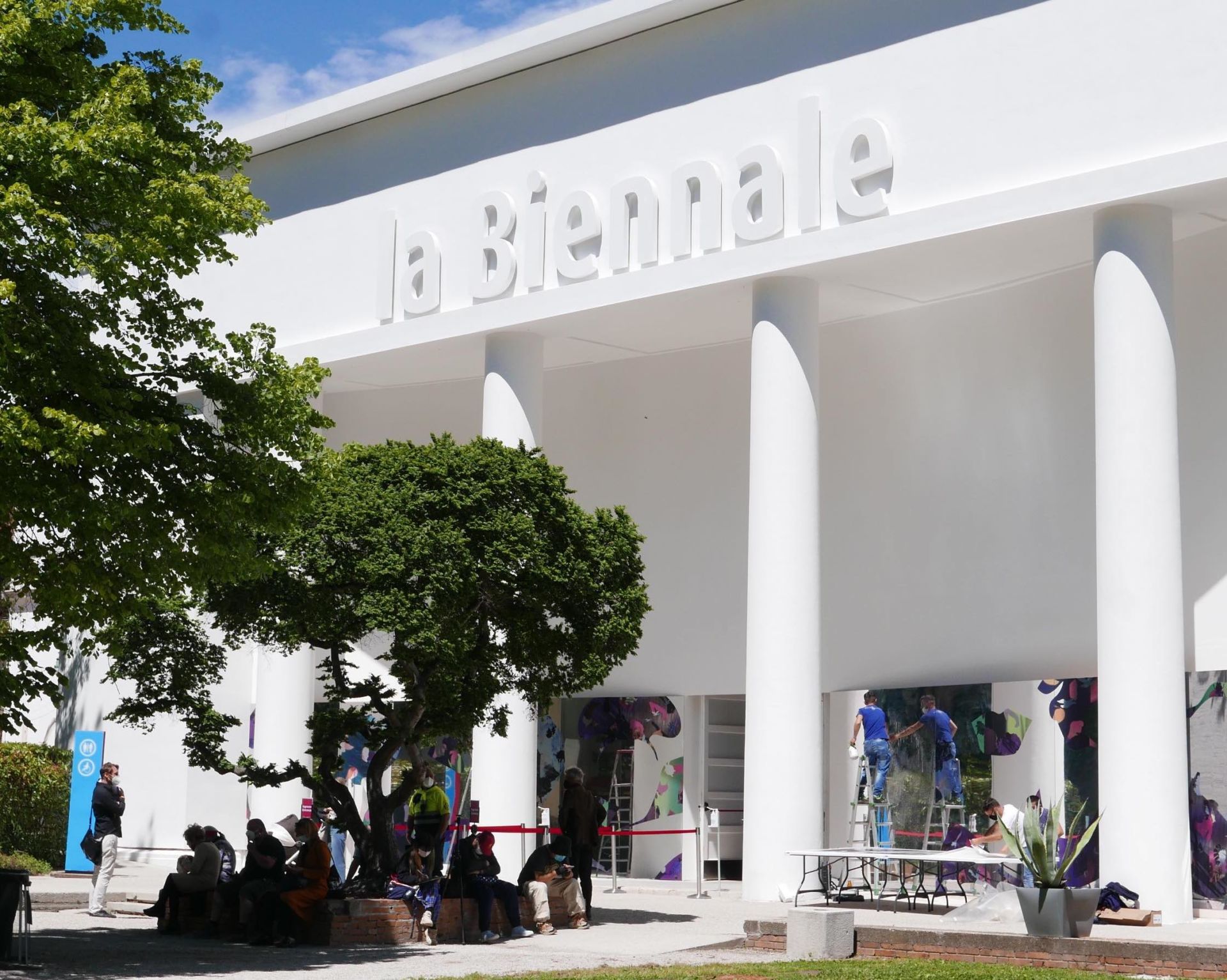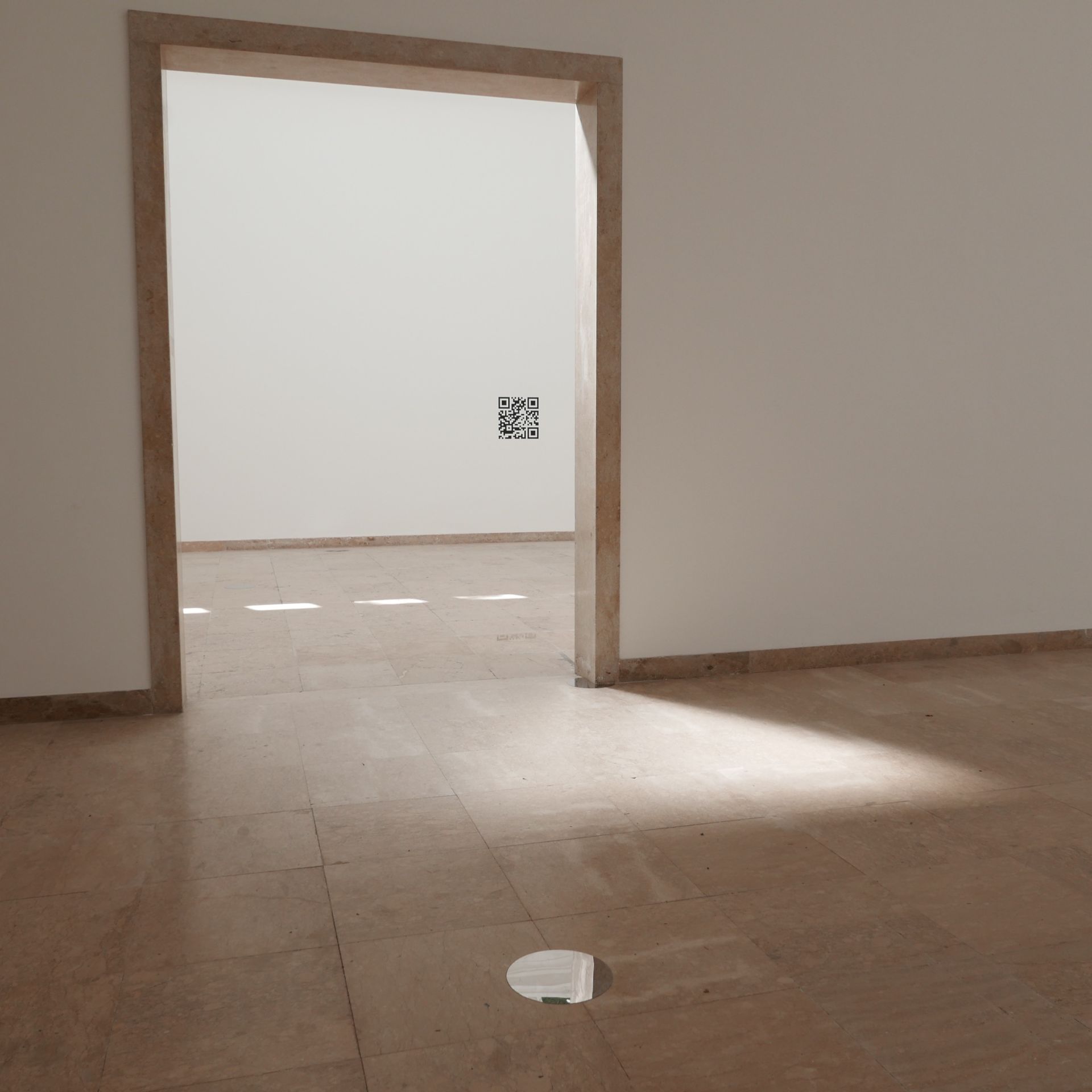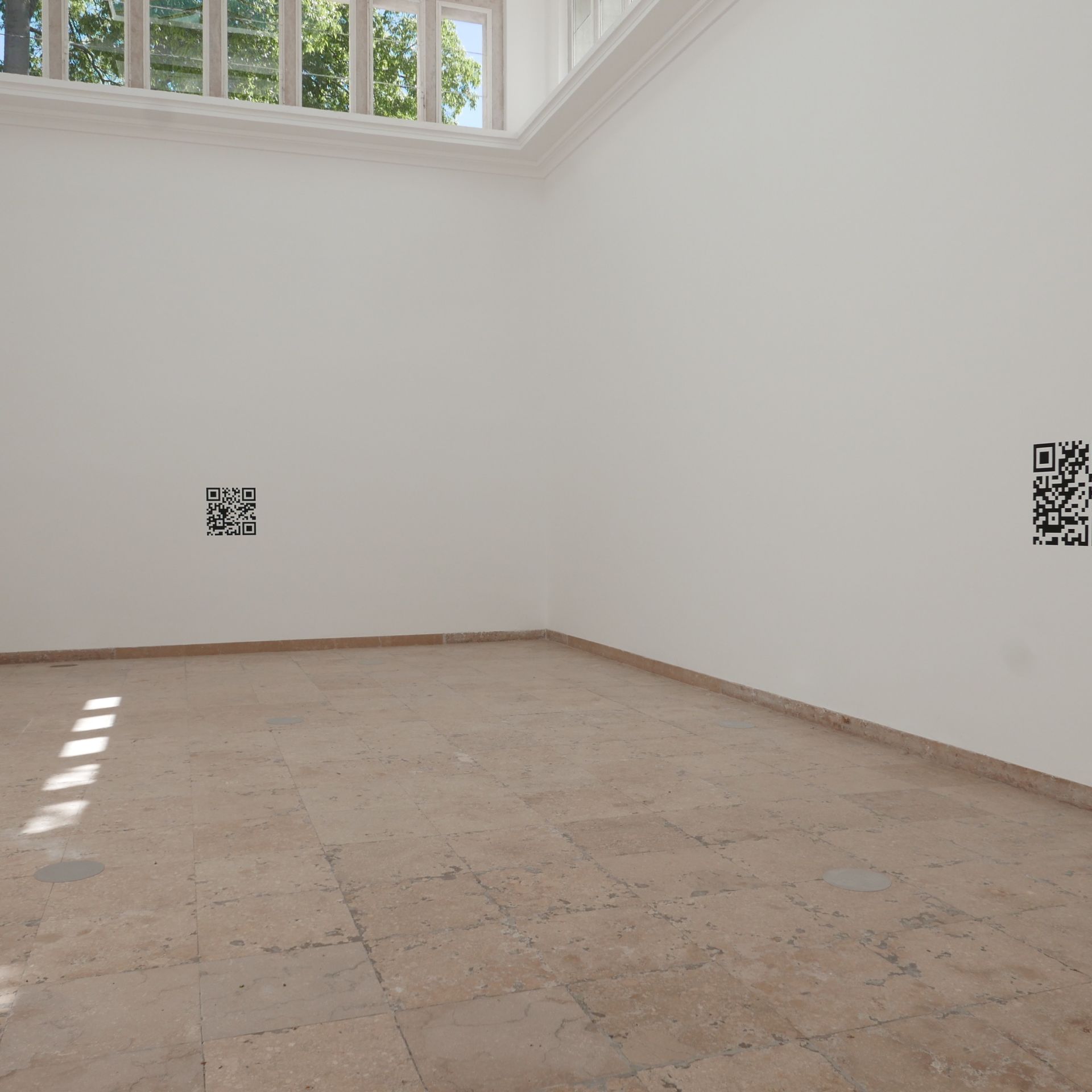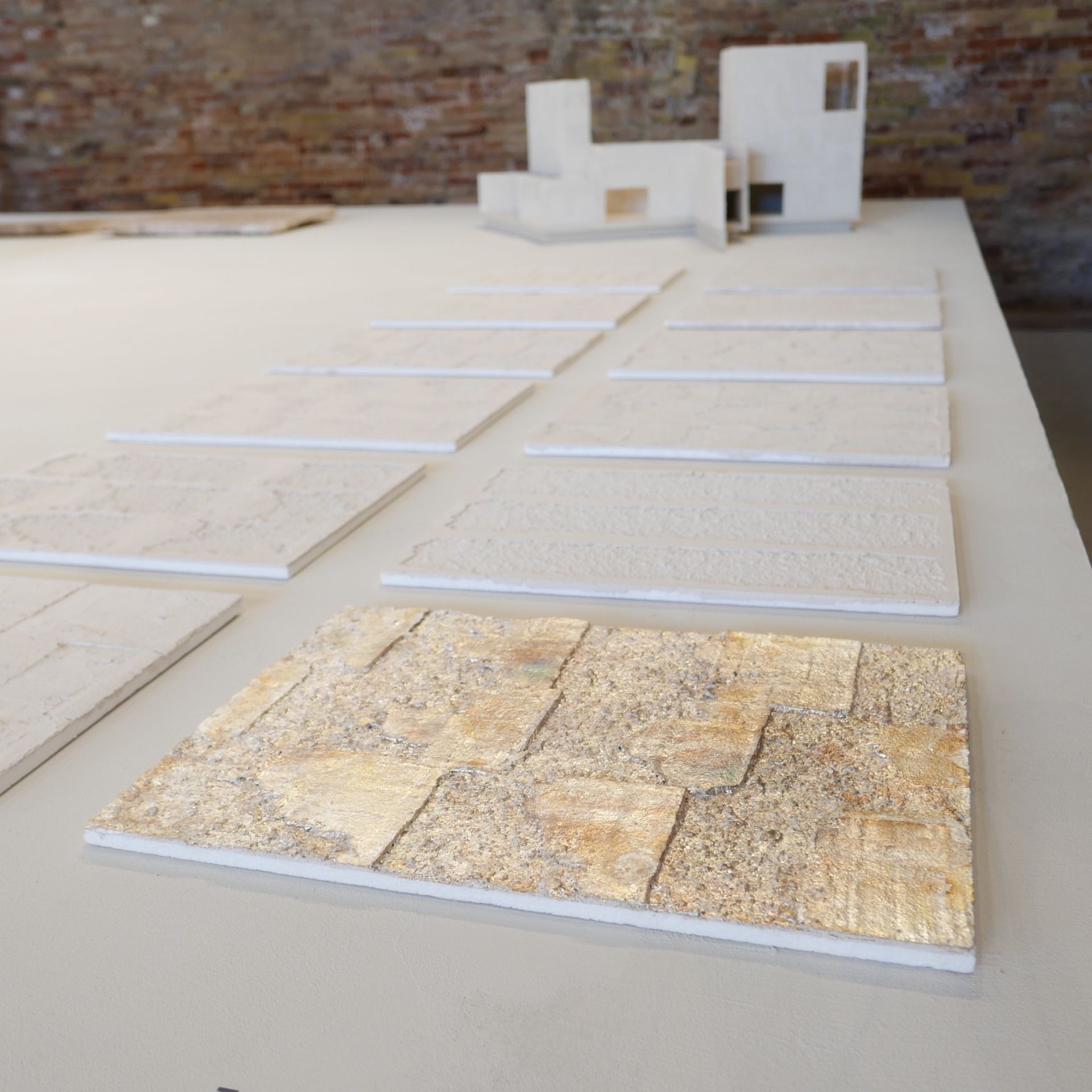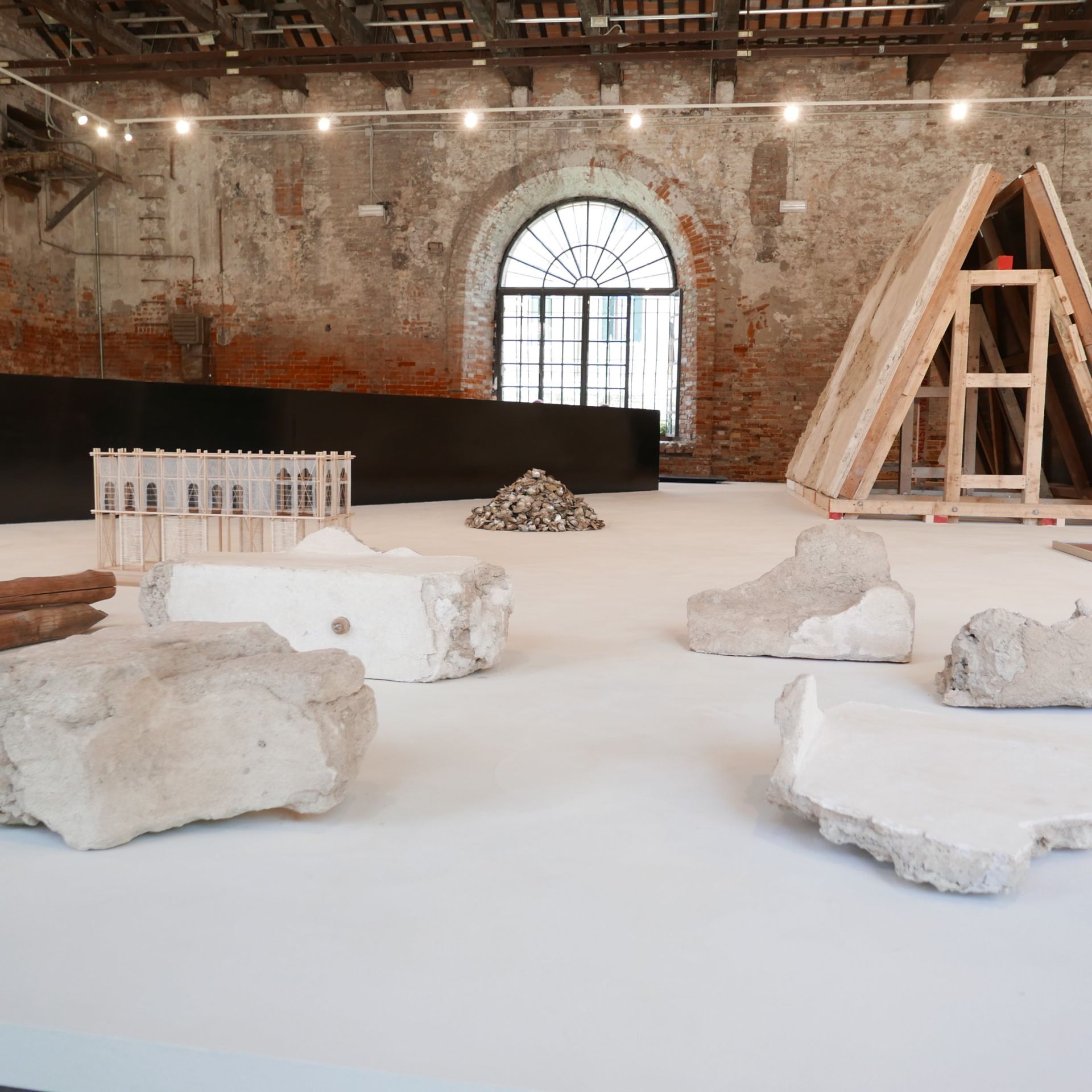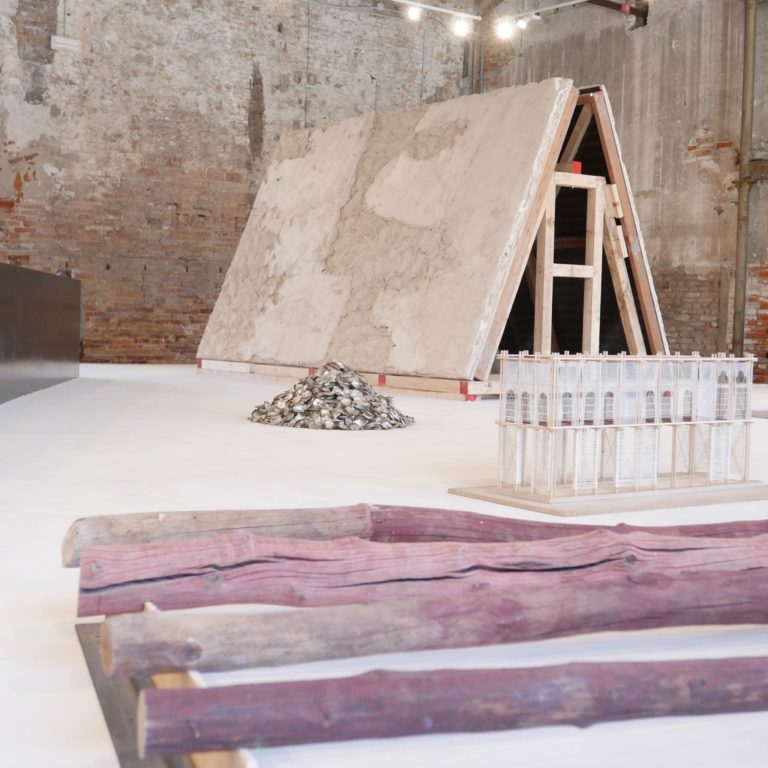Through a selection of projects and research programs, the 2021 Architecture Biennale’s curator Hashim Sarkis invites the visitors to overview a series of answers to today’s environment, society and technology, and their future evolution. The visitors are involved in the thoughts about the new frontiers of living together. Conceived before the COVID-19 pandemic and forced to be postponed this year, the curatorial theme is an open question underlining the separation between those who think, plan and question the effects of climate change, the economy, the waste of resources and those who observe them.
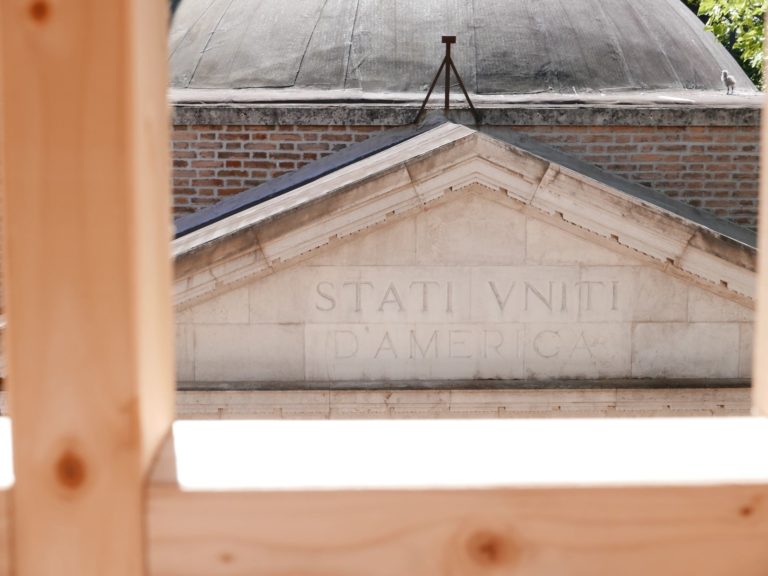
This Biennale comes at a time when national cultural practices are struggling with their histories. How do we come to terms with our past and future choices? What kinds of future can we create?
The U.S., the German, and the Bahrain Pavilions are definitely focusing on these questions.
The built past: The U.S. Pavilion titled “American Framing” examines the dominant construction system – based on 2×4 wood frames normally used in a log house – originated in the 19th century and representing 90% of today’s construction in the U.S. By showing this very common and boring construction system, the pavilion underlines the ordinary past of American architectural design – eager to choose economy over technical skill. A direct invitation to a “powerful future for design that can be conceived out of an ordinary past.”
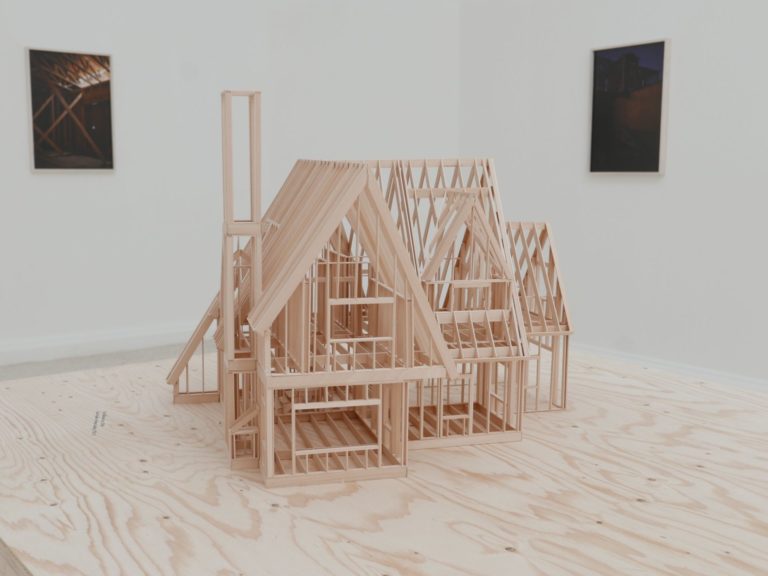
The built future: The German pavilion, with the title “2038 – The New Serenity,” invites the visitors (mainly on their online platform https://2038.xyz/) to discover a story between fact and fiction. With a series of QR codes, the visitors are seeing via their smartphones a selection of videos. The films are based on the idea of a history of a “better world in which everything, though imperfect, is better in some pretty profound and radical ways.” Based on the knowledge and visions of a collaborative team of international experts from Architecture, Art, Ecology, Economy, Philosophy, Politics, Science and Technology, the German Pavilion strives to explore our future society through prefigurative politics, illustrating ways of organization and social relationships to come. The pavilion is conceived as a “cloud” that allows the visitors to playfully explore 2038, by bridging space and time, exploring how communication in mixed reality can come to life.
Weaving the past within the future: the Bahrain Pavilion explores the city’s architectural and urban heritage, regeneration, and conservation through the example of the recent re-qualification project developed in Muharraq. The pavilion showcases the results and the processes through models, objects, artifacts, materials and drawings, displaying the urban project. The exhibition questions whether pearls, oysters, coral stones, cars and humans can sustainably cohabit today in Muharraq vernacular architecture flourished with the “pearling” economy in the 19th century.
In the Photo: The Kingdom of Bahrain Pavilion, “In Muharraq: The Pearling Path”, Biennale Arsenale 2021. Photo Credit: Oliva Sartogo
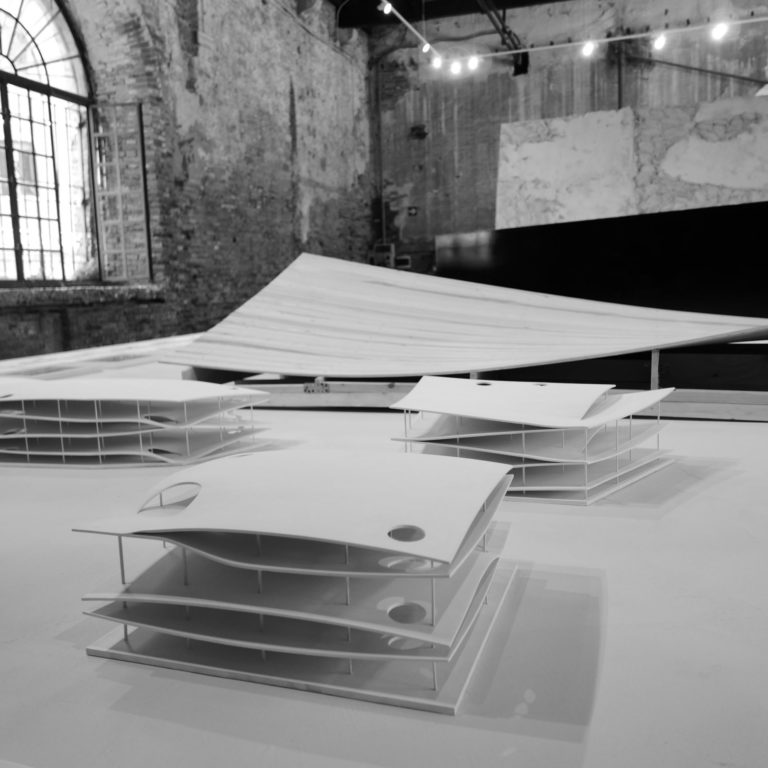
Editor’s Note: The opinions expressed here by Impakter.com columnists or contributors are their own, not those of Impakter.com. — In the Featured Photo: Hashim Sarkis, mirrors installation, Biennale Giardini 2021. Featured Photo Credit: Oliva Sartogo


